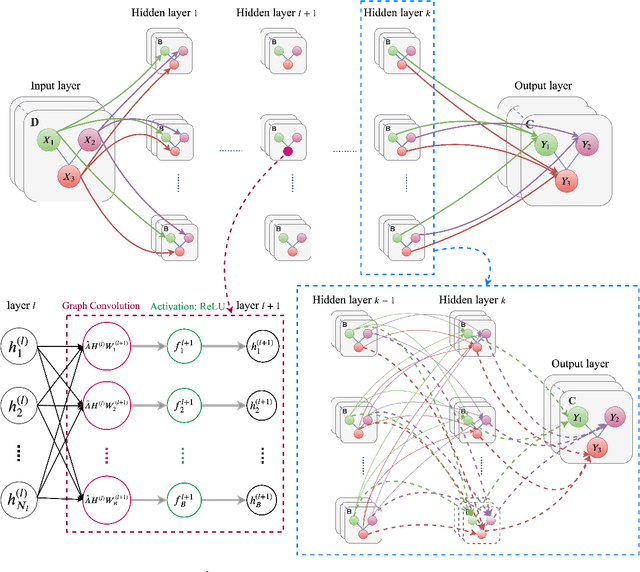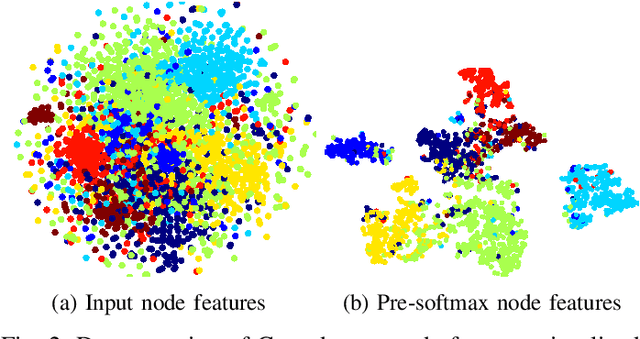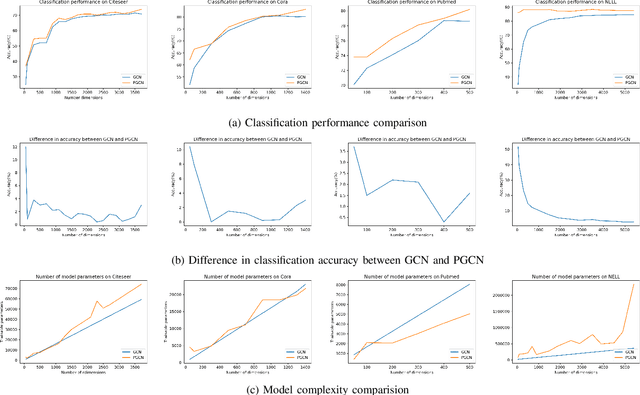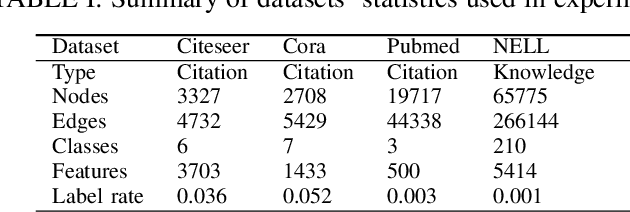Progressive Graph Convolutional Networks for Semi-Supervised Node Classification
Paper and Code
Mar 27, 2020



Graph convolutional networks have been successful in addressing graph-based tasks such as semi-supervised node classification. Existing methods use a network structure defined by the user based on experimentation with fixed number of layers and employ a layer-wise propagation rule to obtain the node embeddings. Designing an automatic process to define a problem-dependant architecture for graph convolutional networks can greatly help to reduce the computational complexity of the training process. In this paper, we propose a method to automatically build compact and task-specific graph convolutional networks. Experimental results on widely used publicly available datasets indicate that the proposed method outperforms the related graph-based learning algorithms in terms of classification performance and network compactness.
 Add to Chrome
Add to Chrome Add to Firefox
Add to Firefox Add to Edge
Add to Edge